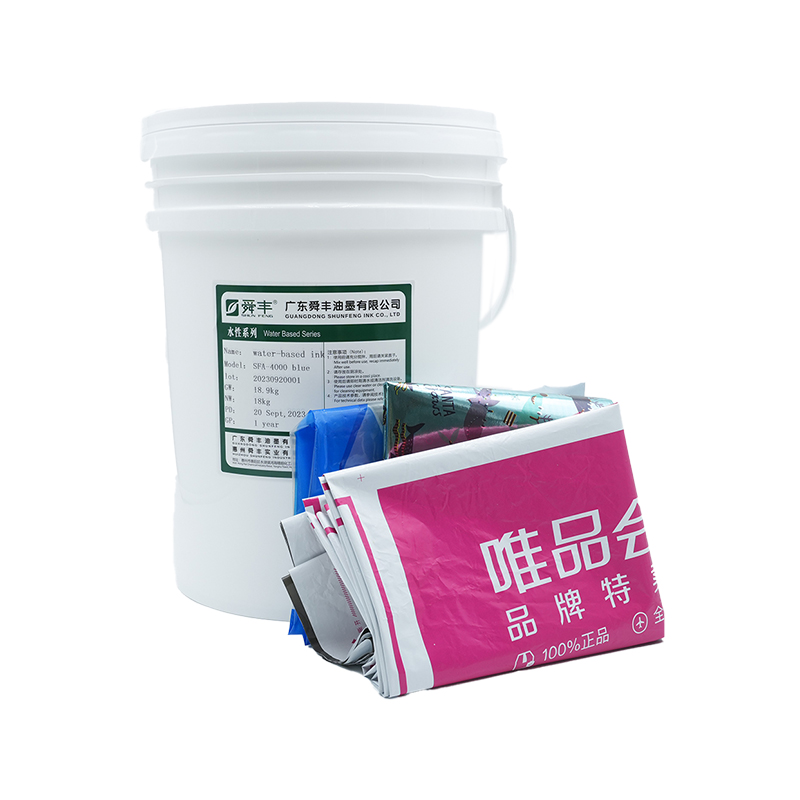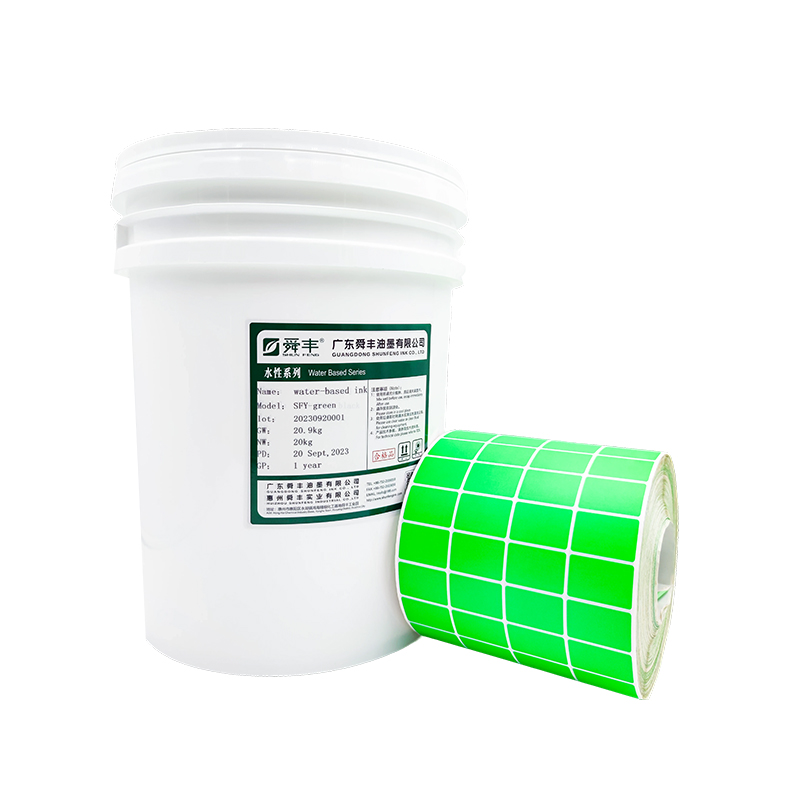How can the yellowing resistance of general-purpose, economical offset UV ink be enhanced?
Release Time : 2025-11-20
The yellowing resistance of general-purpose, economical offset UV inks is a key indicator affecting their application stability, especially in outdoor or long-term storage environments, where yellowing significantly reduces the visual appeal and commercial value of printed materials. Yellowing is essentially a photo-oxidation reaction of ink molecules under the influence of ultraviolet light, heat, and oxygen, leading to the breakage of conjugated double bonds or the formation of chromophores. Enhancing yellowing resistance requires coordinated improvements in three areas: formulation optimization, process control, and environmental management.
Formulation optimization is the core approach to improving yellowing resistance. Traditional UV inks often use aromatic acrylate monomers, whose benzene ring structure readily absorbs ultraviolet light and triggers free radical reactions, leading to yellowing. Using aliphatic or cyclic acrylate monomers can significantly reduce photoreactivity; for example, replacing tripropylene glycol diacrylate with hexanediol diacrylate can reduce the formation of photo-oxidation products. Meanwhile, selecting low-yellowing photoinitiators is crucial. For example, pyrolytic photoinitiators 184 and 1173 exhibit lower yellowing tendency than the hydrogen-abstraction photoinitiator BP. Furthermore, novel macromolecular photoinitiators, due to their high molecular weight and low migration, can further reduce secondary yellowing caused by residues. In addition, the addition of antioxidants and UV absorbers can form a synergistic protective system: primary antioxidants (such as hindered phenols) can capture free radicals, secondary antioxidants (such as phosphites) can decompose hydroperoxides, and UV absorbers (such as benzotriazoles) absorb UV energy and convert it into heat, thus blocking the photo-oxidation chain reaction at its source.
Process control affects yellowing resistance throughout the entire printing process. During the curing stage, it is essential to ensure that the UV lamp wavelength matches the absorption spectrum of the photoinitiator. For example, a wavelength of 365nm is suitable for most pyrolytic photoinitiators. Wavelength deviations can lead to incomplete curing or excessive irradiation; the former leaves unreacted monomers, while the latter accelerates material aging. Curing time needs to be dynamically adjusted according to ink thickness and printing speed to avoid insufficient curing leading to continued reaction of residual monomers or excessive curing causing molecular chain breakage. For high-precision printing, a dual curing process of "UV + thermal curing" can be used. First, UV light initiates initial polymerization, followed by thermal curing at 50-60℃ to promote further cross-linking of molecular chains. This improves ink layer hardness and reduces the risk of photo-oxidation. Furthermore, controlling the coating thickness (generally not exceeding 0.2mm) can reduce the oxygen inhibition effect, preventing yellowing caused by excessive surface curing and insufficient internal curing.
Environmental management is an important supplement to extending the yellowing resistance of inks. High temperature and high humidity environments should be avoided during storage. Temperatures exceeding 40℃ will accelerate the migration and oxidation of low molecular weight substances in the ink, while excessive humidity can easily cause pigments to absorb moisture and clump, affecting dispersion stability. It is recommended to store ink in a cool, dry place below 25℃ and with humidity below 60%, and avoid contact with sulfur- or nitrogen-containing compounds to prevent chemical contamination and yellowing. During use, it's crucial to minimize contact between ink and metal ions. For example, iron and copper ions catalyze oxidation reactions; therefore, printing equipment needs regular cleaning, and prolonged contact between ink containers and metal containers should be avoided. For outdoor applications, an anti-UV coating, such as a varnish containing nano-titanium dioxide, can be applied to the ink surface. This reflects or scatters UV rays, forming a physical shielding layer and further extending the ink's lifespan.
Material selection and pretreatment are equally important. The surface energy of the substrate directly affects ink adhesion and curing. Low surface energy materials (such as some plastic films) require corona treatment or a primer to improve surface roughness and polarity, enhancing the adhesion between the ink and the substrate and reducing edge yellowing due to insufficient adhesion. Pigment selection must balance tinting strength and lightfastness. Inorganic pigments (such as iron oxide and ultramarine) have better lightfastness than organic pigments, but lower color saturation. Among organic pigments, phthalocyanines and quinacridones have stable conjugated systems and better lightfastness, making them suitable for outdoor use.
Improving the yellowing resistance of general-purpose, economical offset UV inks requires a comprehensive approach encompassing formulation design, process optimization, environmental control, and material selection. By selecting low-yellowing monomers, highly efficient photoinitiators, and synergistic antioxidant systems, combined with precise curing processes and strict environmental management, the color stability of inks in outdoor or long-term storage environments can be significantly extended, meeting the stringent weather resistance requirements of high-end printed materials.







